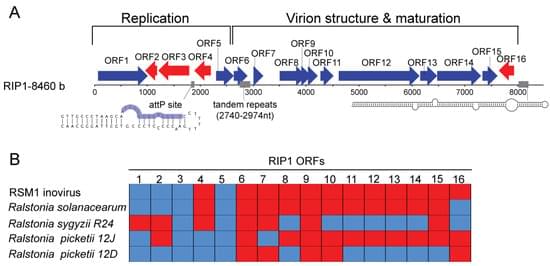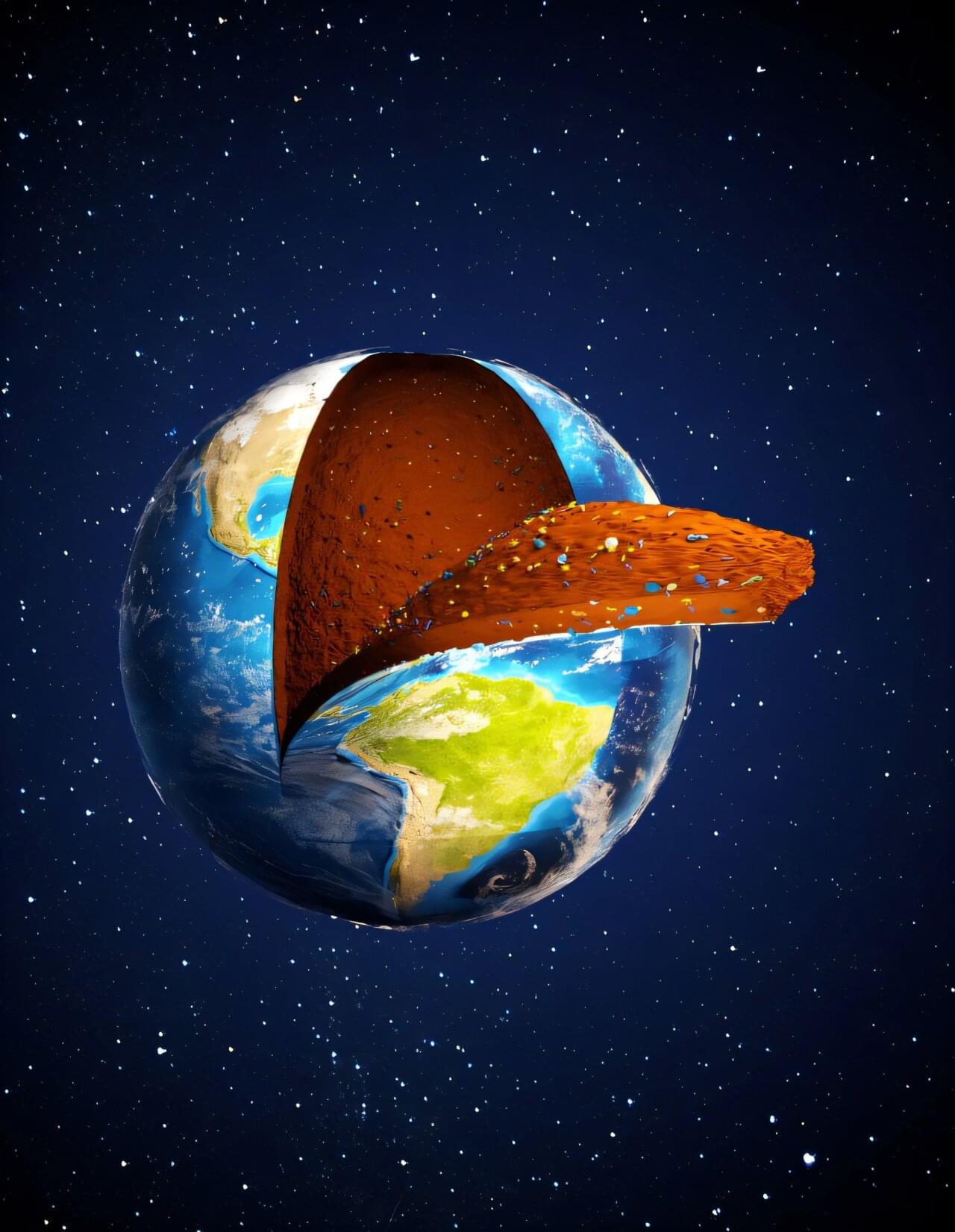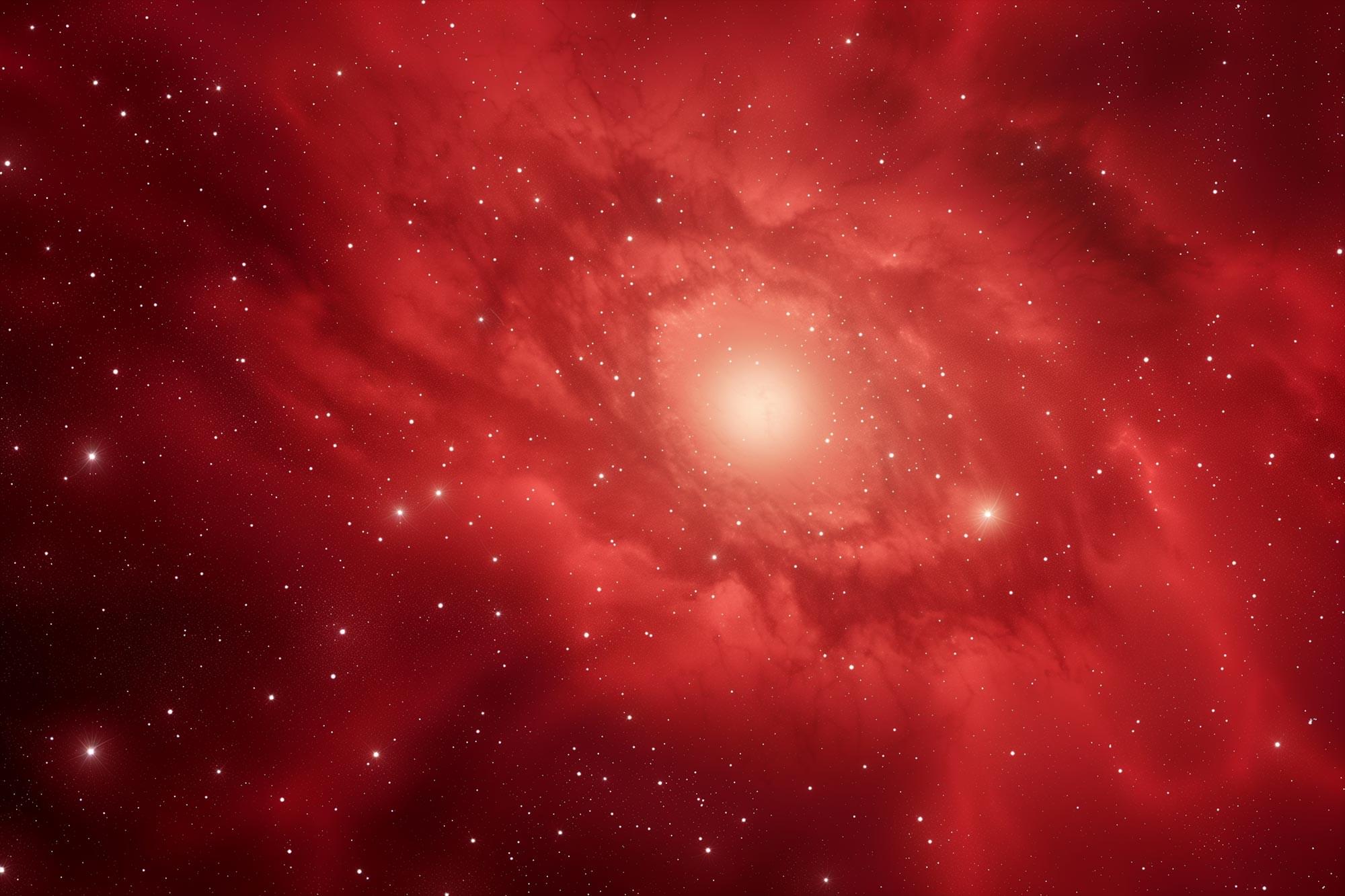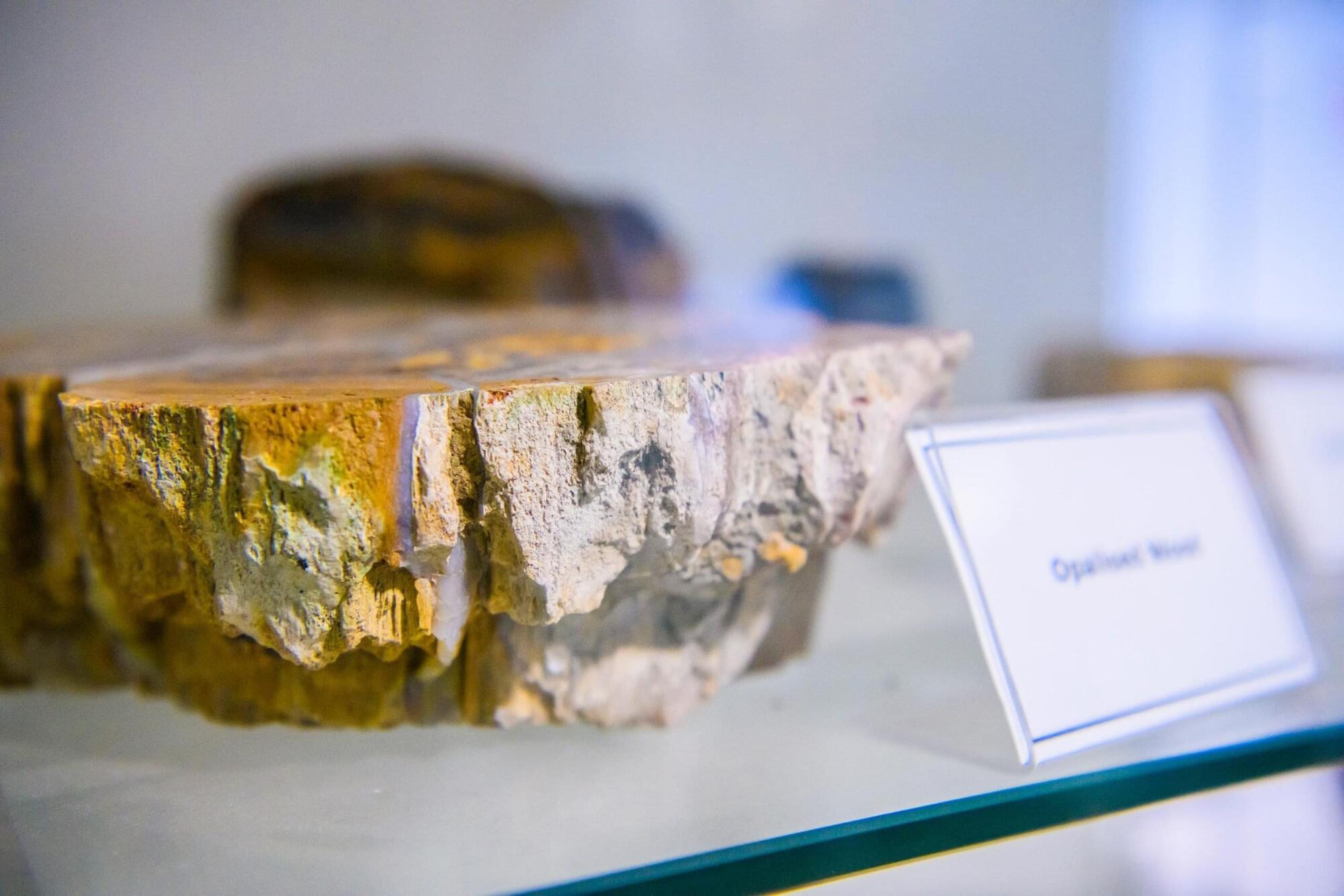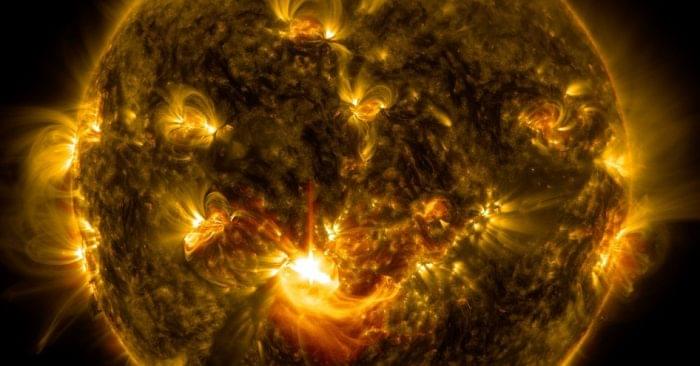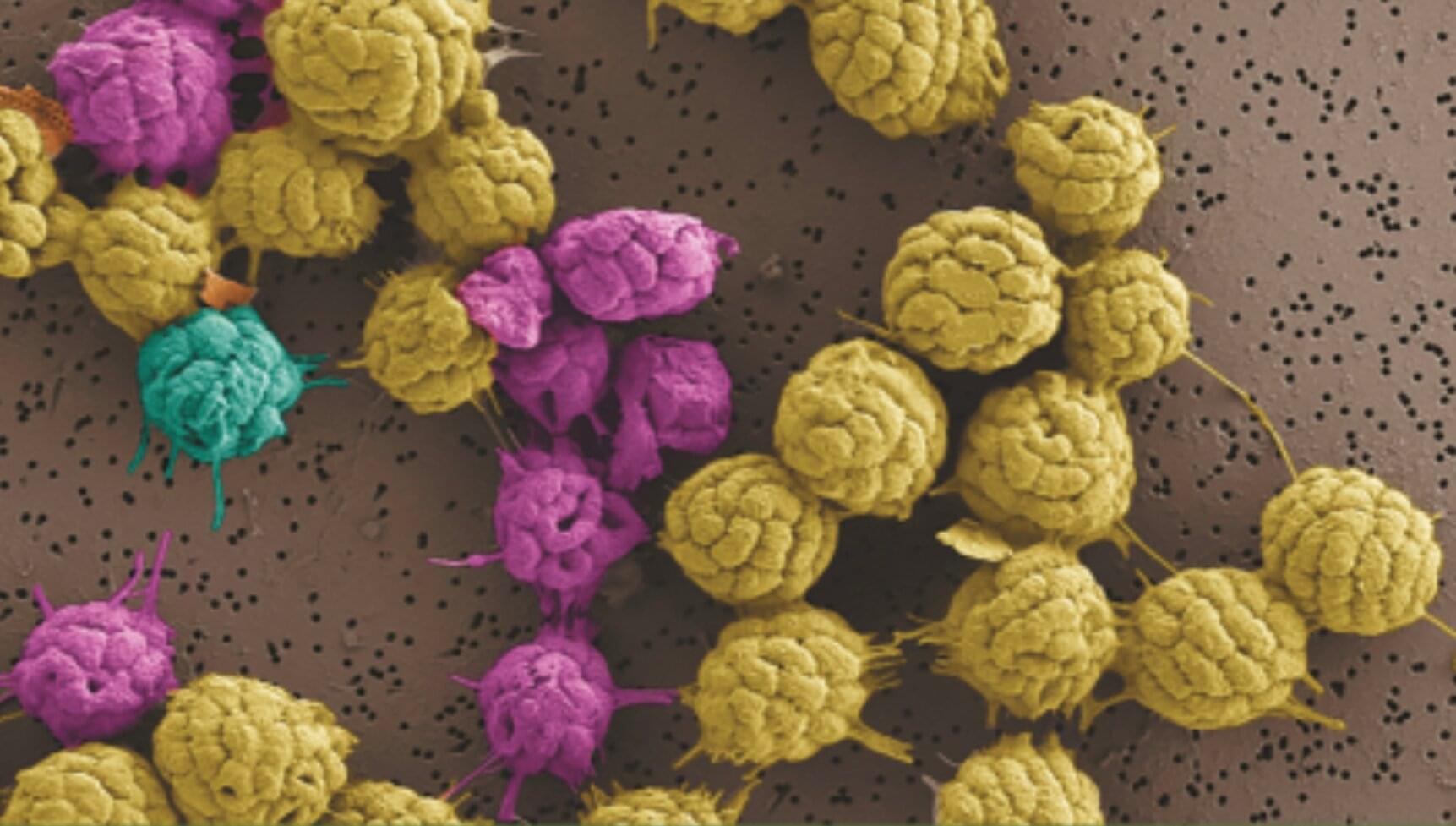Viruses infecting bacteria (bacteriophages) represent the most abundant viral particles in the human body. They participate in the control of the human-associated bacterial communities and play an important role in the dissemination of virulence genes. Here, we present the identification of a new filamentous single-stranded DNA phage of the family Inoviridae, named Ralstonia Inoviridae Phage 1 (RIP1), in the human blood. Metagenomics and PCR analyses detected the RIP1 genome in blood serum, in the absence of concomitant bacterial infection or contamination, suggesting inovirus persistence in the human blood. Finally, we have experimentally demonstrated that the RIP1-encoded rolling circle replication initiation protein and serine integrase have functional nuclear localization signals and upon expression in eukaryotic cells both proteins were translocated into the nucleus. This observation adds to the growing body of data suggesting that phages could have an overlooked impact on the evolution of eukaryotic cells.
